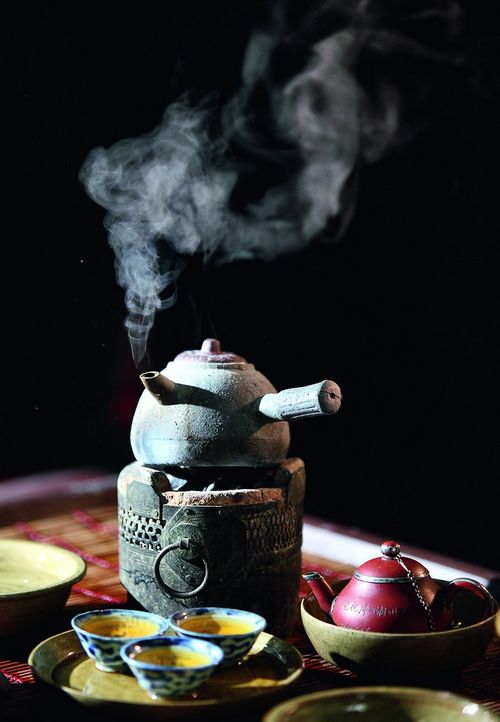Dear Integral meditators,
This weeks article focuses on two different ways of being mindful of your choice-making process.
In the spirit of choice-less awareness,
Toby
 Two types of choice-less awareness
Two types of choice-less awareness
What is your current relationship to making choices in your life?
In traditional Buddhist mindfulness practice practicing ‘choice-less awareness’ means to witness whatever comes up in your field of awareness as a detached observer, without commenting, judging or getting involved in what arises. You are aware of what is arising without making any choices or trying to affect it; whatever is there is there; simply watch, observe and relax.
The fundamental benefit of this practice is that it gives you the peace of mind arising from being able to separate your ‘I’ from the contents of your consciousness. You are the owner of your thoughts, feelings and impulses, but you are not the thoughts, feelings and impulses.
Type two: Deliberate non-choosing
A second type of choice-less awareness involves simply deciding to abstain temporarily from making decisions and choices. The goal here is to deliberately set aside time where we make no choice or decision at all, simply resting in the circumstances that we find ourself in, and relaxing*.
The anxiety of being ‘caught between’ choices.
The reason for cultivating this second type of choice-less awareness is that much of our mental anxiety is created around our relationship to the decision-making process:
- What is the right or best thing to do in this situation?
- What if I make the wrong decision?
- I don’t know what to do here
- What if I am blamed for this?
If we are not careful we can spend a lot of our time in a state of low-grade anxiety, worrying about the dilemmas and choices in our life. For many of us this has become a habit to the extent that, even when we do make a choice that solves a problem, rather than deriving satisfaction from that, our attention simply seeks out another dilemma to worry about!
Stop your inner debate!
The idea with the mindful ‘non-choosing’ is to stop worrying by deliberately suspending our choice making capacity. This enables our mind to relax, regenerate its energy and return to sanity. To practice this as a sitting meditation, for the designated time you have set aside create a boundary; ‘For the next X minutes I will make no choices about my life, nor will I debate or weigh up issues. I will enjoy the simple pleasure of unburdening myself of my choice making responsibilities and being more present’.
Conscious choosing
The idea with conscious non-choosing is not that we don’t make choices at all, ever. Rather it is that that we develop the skill of temporarily putting down our choices in order to enjoy a more relaxed mind, better quality of life and reduce our anxiety.
The flip side of dropping our choices is to then spend the time when we are making choices in a more focused, mindful manner. We deliberately identify the important choices that we need to make today, this morning or in the next hour, and bring our full intelligence to that choice-making processes.
A good question to ask yourself to facilitate conscious choice-making is ‘what are the two most important choices that I need to make today?’ Identify the two choices that must get made today, and focus your intelligence on making them as well informed as possible!
Note from para 3* If we are doing this while engaged in some form of activity, for example walking, then we will obviously have to make small choices (to go left or right for example). The point here is to avoid our mind debating between two or more options in an abstract way. The immanent, small choices that we have to make in the moment (go left, go right) we can just make as required.
© Toby Ouvry 2016, you are welcome to use or share this article, but please cite Toby as the source and include reference to his website www.tobyouvry.com
Upcoming Courses at Integral Meditation Asia
Ongoing on Wednesday’s, 7.30-8.30pm – Wednesday Meditation Classes at Basic Essence with Toby
Saturday 22nd October, 9.30am-12.30pm – Going From Over-whelmed to Over-well: Meditation for Quietening the Mind – a three hour workshop
Saturday 22nd October 2-5pm – Mindfulness & Movement session at the LifeChiro Center
Saturday November 12th, 10am-5pm – Meditations for connecting to the Tree of Life, and growing your own personal Life Tree
19th November – One Heart Celebration Day (Joint event)
Saturday 26th November 10am-5pm – Engaged Mindfulness day workshop/retreat
Integral Meditation Asia
Online Courses * 1:1 Coaching * Books * Live Workshops * Corporate Mindfulness Training *Life-Coaching * Meditation Technology










